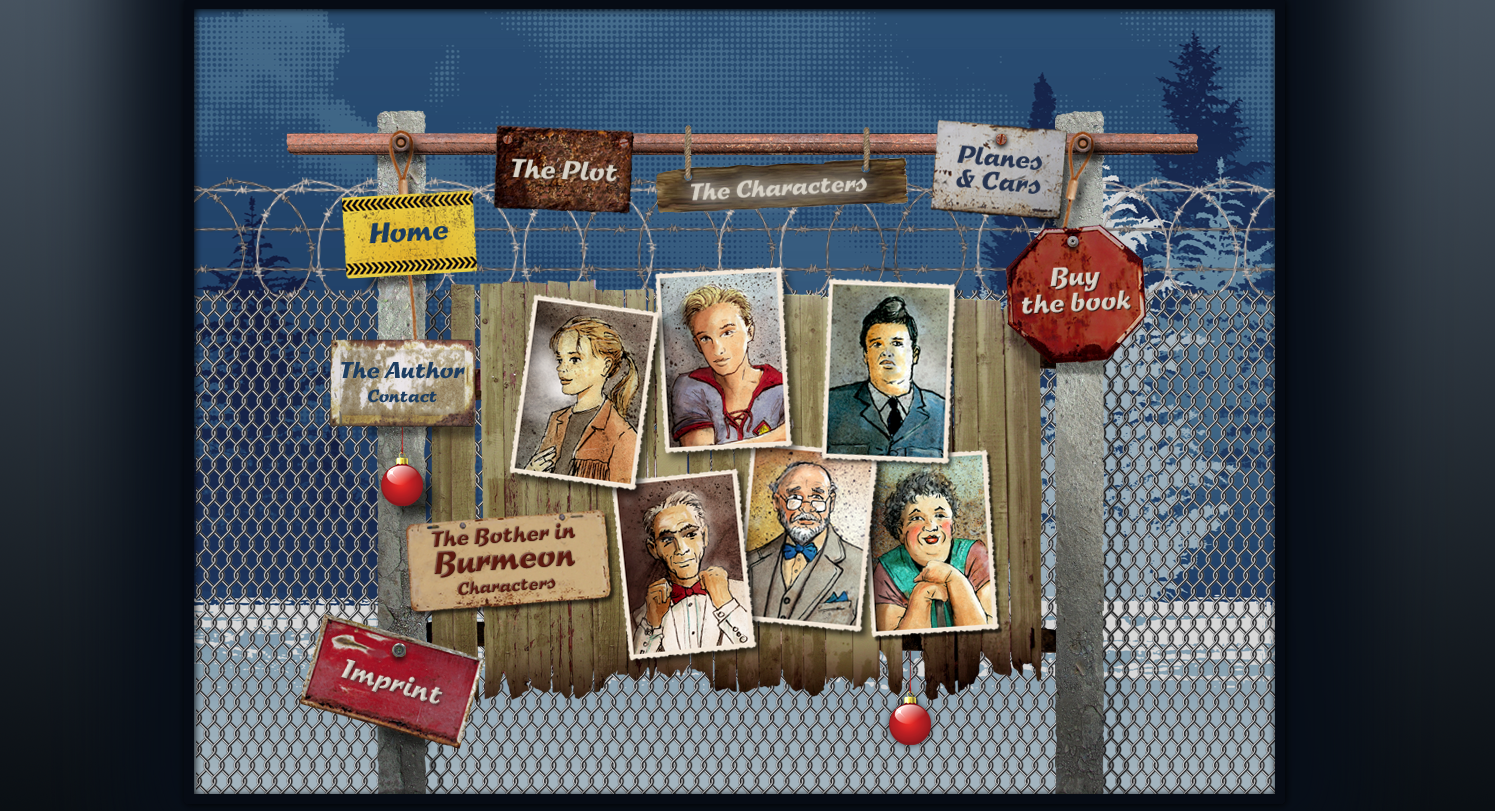Some people would say "Eggs is Eggs," to which I'd probably launch into a discussion about fried and scrambled and poached and hard-boiled, not to mention duck and quail and...
Our travels at Easter took us back to the UK for a long-awaited wallow in Marmite and HP Sauce and Colman's Mustard and all the other exotic treats that are hard to come by here in Germany. But one thing I have never had a particular yearning for is Cadbury's Creme Eggs. I could certainly never eat more than one in any Easter season and I never spent too much time worrying whether I was a Biter or a Slurper or a Licker or however else You Were Meant To Eat Yours.
Easter Eggs for me, were always Big - a shell of chocolate that ideally broke conveniently in half to reveal a little bag of Buttons, or Roses, or Maltesers or somesuch, the whole thing delightfully impenetrable in foil and coloured cellophane and impractical boxes and ribbons.
When I moved to Germany, I got a culture shock. Here it was not about the size of the individual eggs, but about the quantity. About hiding and collecting. About variety and fifty shades of tin foil. And not just eggs, but bunnies and chicks and ladybirds and may bugs.
That was the last century, though. And, as surely as Aldi and Lidl have nibbled away at the Tesco and Sainsbury stronghold, so the little eggs have melted British hearts. Inspired, maybe, by the British love of Mini Eggs and Creme Eggs, all sorts of scrumptious small eggs have appeared, along with the bunnies and chicks, many of them (shock!) invaders from the Continent.
Come the end of the Easter holidays, there won't be much difference in the expansion of your waistline whether you've gobbled down zillions of little ones or one Big One, but it is certainly interesting to reflect on Easter Eggs as globalisation in a sweet microcosm.










